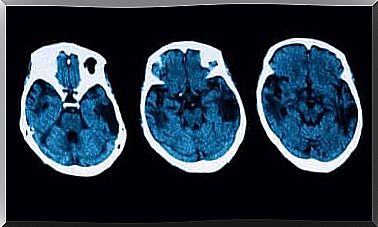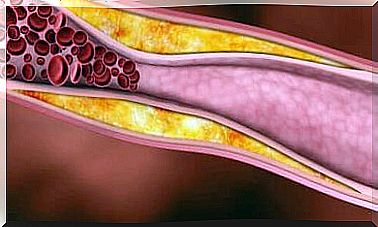What Is A Sentry Lymph Node?

Oncological pathologies often lead to overuse of various procedures in the treatment of patients. A sentinel lymph node technique saves some steps and avoids surgery that would be unnecessary.
A sentinel lymph node is the first node that cancer cells go to when they separate from the primary tumor. It is not a metastasis in the broadest sense of the word, but the mechanism is similar. From localized cancer in an organ, malignant cells move from other areas, and some reach a nearby lymph node.
For breast cancer, a sentinel lymph node is the key to determining the spread, that is, when considering the true extent of the tumor in the body. Through a biopsy of the sentinel lymph node, doctors can predict the development of that person’s condition.
In addition, the information on sentinel lymph nodes helps to plan therapies after a biopsy. Based on the cataloged extent of the cancer, doctors can decide if they only want to use surgery, chemotherapy plus radiation therapy or another combination.
Evolution thanks to the sentinel lymph node
A sentinel lymph node biopsy was an important advance in oncology. Just imagine that a woman with breast cancer underwent a major operation in which part of the lymphatic chain was removed from the armpit closest to the primary tumor before this technique was found.
This is not a minor operation, and one of the most common side effects is lymphedema, which consists of an obstruction of the lymphatic circulation. In this case, due to lack of lymph circulation, the fluid seeps into the soft tissue and inflames the arm.
The removal of the entire lymphatic chain had two goals: to diagnose the extent of the cancer and to treat any metastasis that was already there. The problem with this technique was that the whole intervention would have been in vain if the result of the subsequent biopsy was negative. The woman then had to suffer the adverse effects.
The idea behind reducing the size of the operation is to improve the patient’s quality of life. You will still need an intervention, but the incision is smaller and the surgeon will only remove the nodule if the biopsy reports that malignant cells are present.

Sentinel lymph node biopsy
The sentinel lymph node biopsy is part of the protocol for certain types of breast cancer. Melanomas have been experimented with, but there is still much discussion about their usefulness.
As we mentioned earlier, this biopsy takes a sample from the first node the primary tumor will spread to to locate malignant cells. If the result is negative, we can be sure that the tumor is localized and in the organ.
This involves a smaller incision than that required for major lymph node dissection surgery, but it can still have side effects. The most common involve bleeding from the wound and infection at the puncture site. However, the risk is very low.
How do they know what a sentinel lymph node is?

To perform the biopsy, doctors must first identify the sentinel lymph node. To do this, the health team uses some techniques that make this knot clearer than the others. In this way, the surgeon is able to find the right place for the procedure.
One way to mark a sentinel lymph node is with radioactivity. First, a fluid with jet force is injected into the area near the primary tumor. This fluid will spread to the lymphatic system and radioactivate the first node in the chain.
Another technique is to use blue dye. Instead of a radioactive substance, the injection carries blue dye that goes through the same journey and goes from the area of a primary tumor to the first nearby nodule.
The choice of the best method depends on the team treating the condition. Both are effective in locating a sentinel lymph node, and the side effects are minimal. The radioactive substance is weak and does not cause internal radiation problems in the cells. On the other hand, the blue dye may generate bluish discoloration of the urine for a while.
What do the biopsy results of a sentinel lymph node mean?
There are two ways to proceed after a sentinel lymph node biopsy. If the result is negative, it means that they did not detect malignant cells. There is therefore no need for further surgery. The doctors will assess the patient’s situation and start the corresponding treatment.
In the event of a positive result, the operation should be extended. This means that cancer cells have been detected in nearby nodules and that the tumor has expanded.
As we always warn, it is very important to detect the disease early in oncology. The earlier the procedure is performed, the faster the results will be available and you will get a better prognosis.









